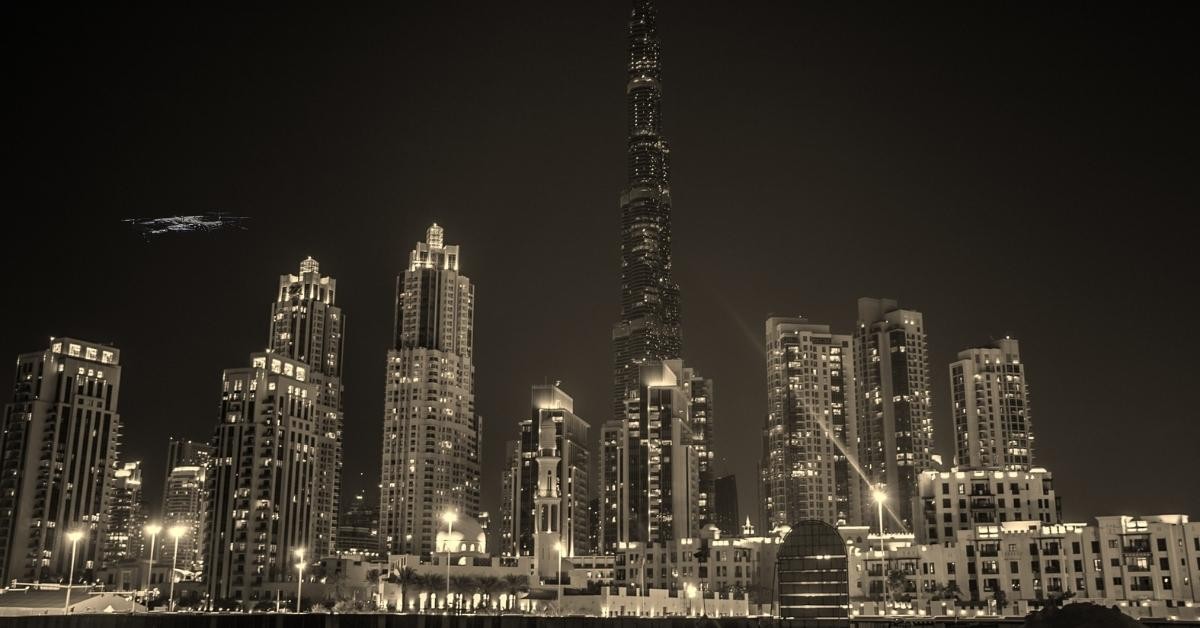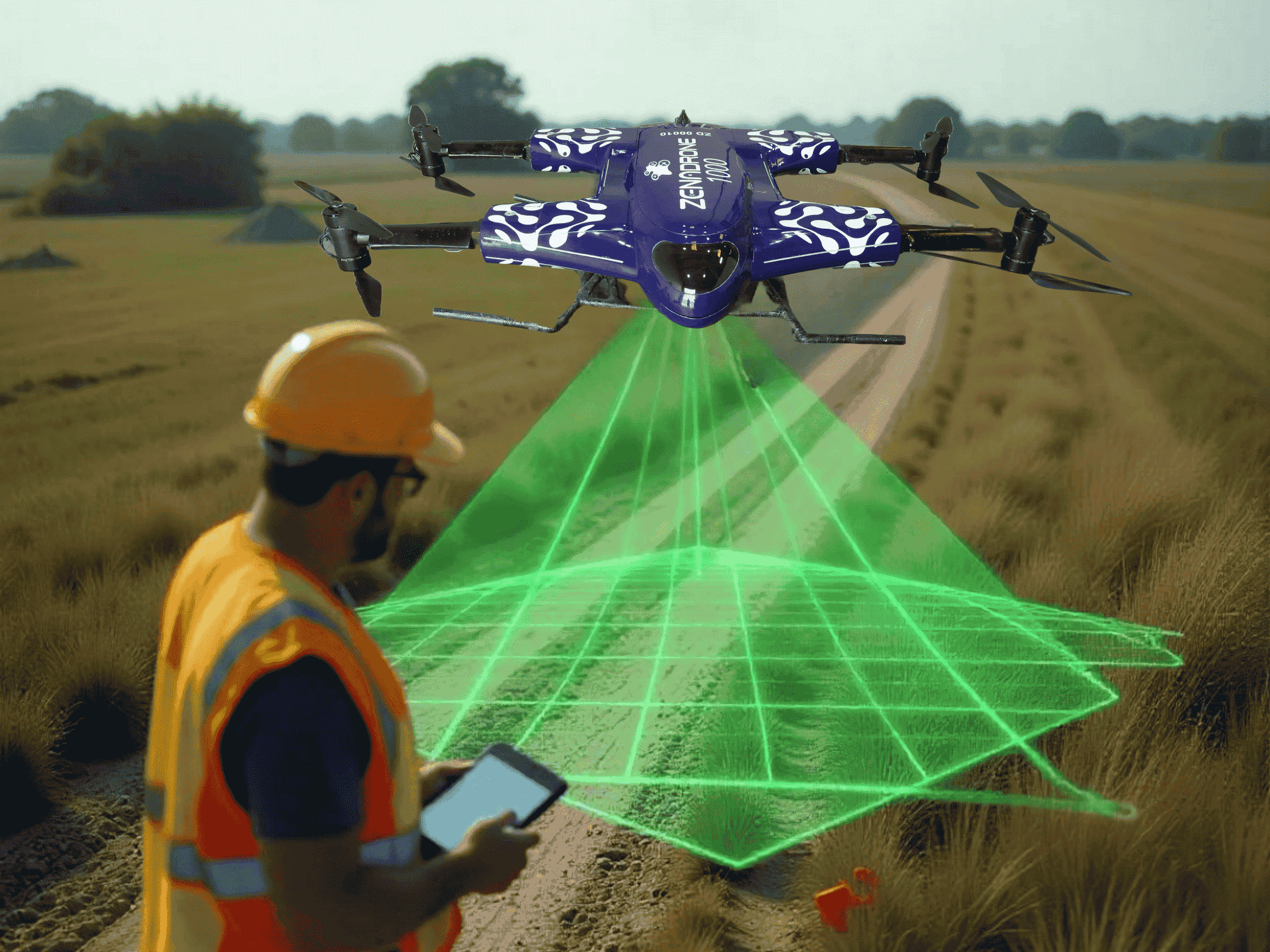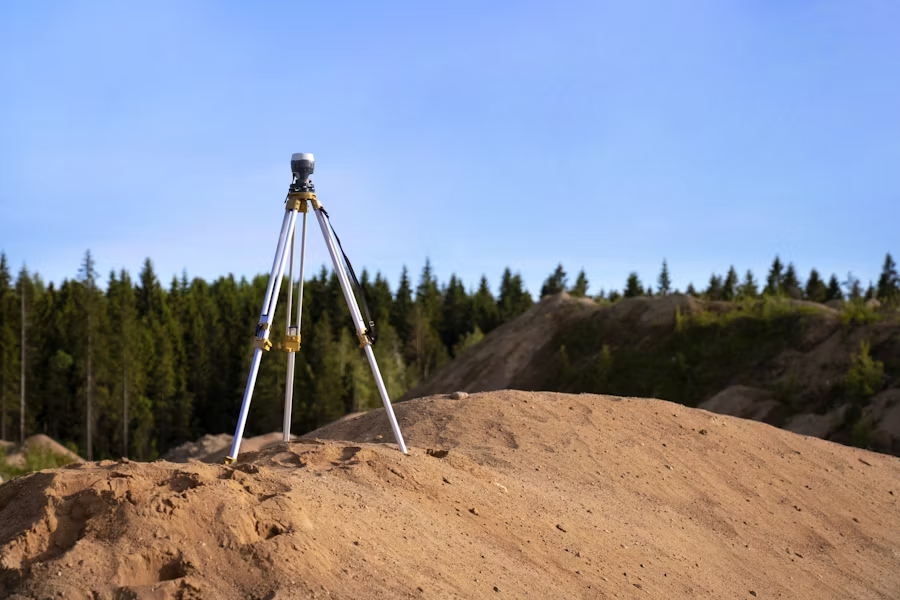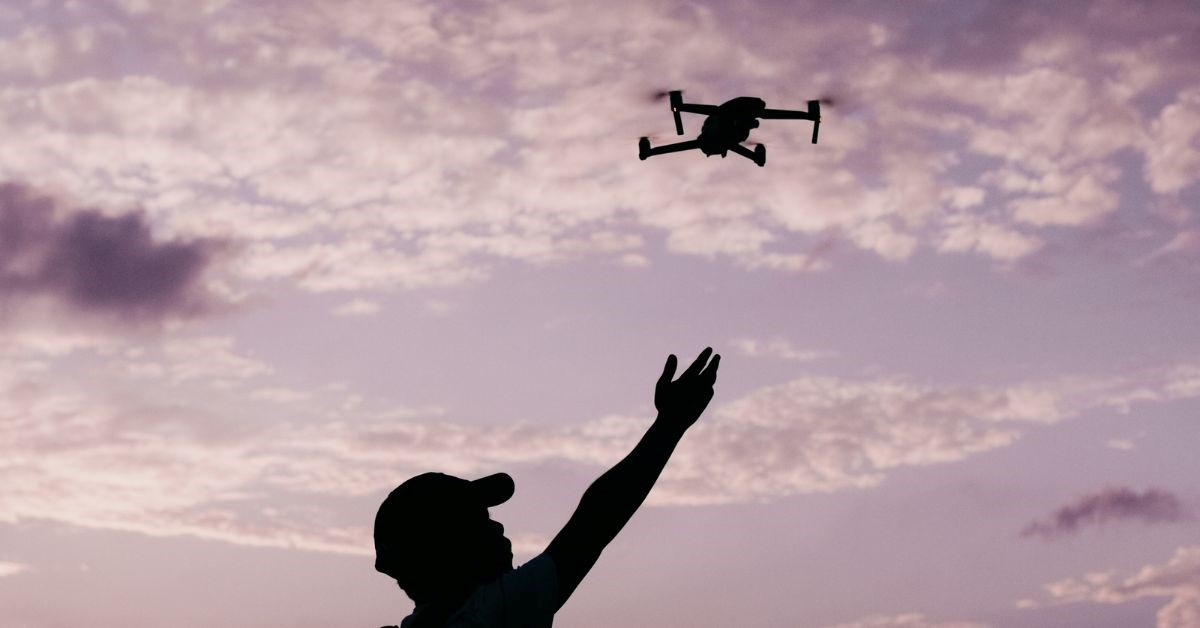Understanding the Maximum Range of Your Drone
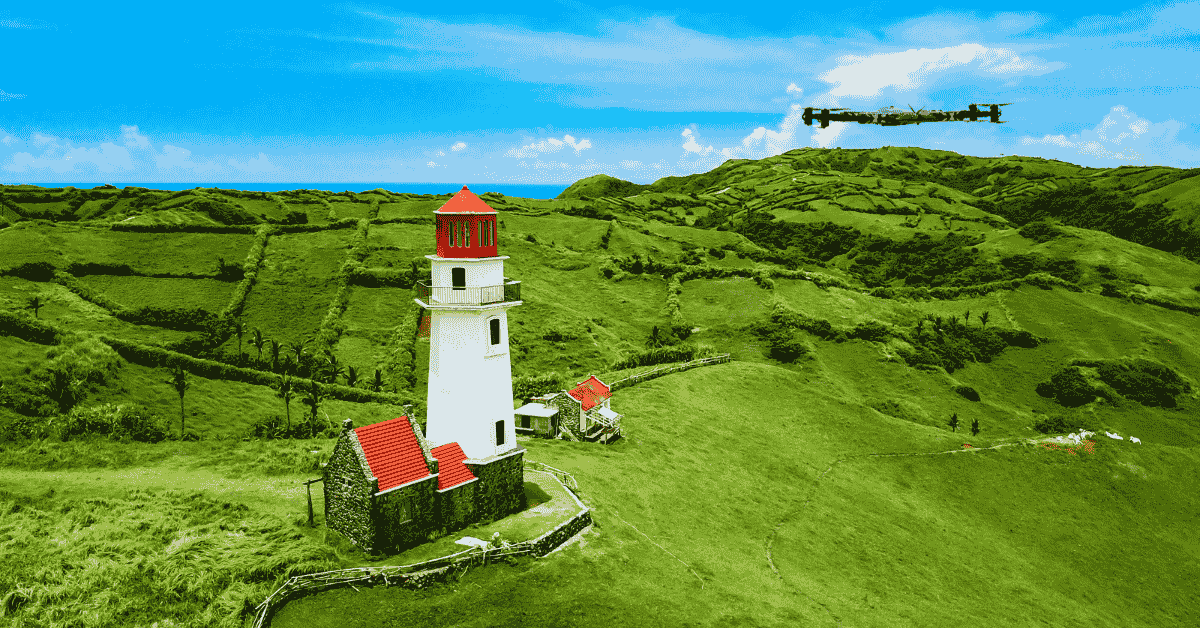
Drones have turned out to serve not only in military and security organizations as was considered before, but they have gained more and more popularity among people to be used either for their jobs or personal recreation. Drone ranges can fly at distances, an important factor you should never forget when purchasing, renting, or using this UAV. The following article will touch on some aspects of the range on a drone and the terms like range and limit, as well as explain why awareness of the drone range is crucial. Let’s get started!
What Is Drone Flight Duration?
Major factors that affect drones, such as their ranges, include the following:
- The characteristics of the drone machine
- The weather conditions
- Any initial preparation of the surrounding environment where the drone is to operate.
It is, therefore helpful that charges may be applied for losses or stops beyond the range authorized for the drone.
Range Dependence of Drones on Many Parameters
Several factors can be involved in the distance coverage of UAVs, like considering the best drone range or the longest drone range. Some of the most common are:
- Transmission technology: Most user drones have Wi-Fi; however, it may have weak performance in mobile areas where other frequencies are available. These are the frameworks that are applied to perform the signal conveyance from the pilot to the helicopter.
- Signal Interference: A similar situation might result if the drones get a radio signal or there is interference from other types of electronic appliances, which may cause a negative effect on drone ranges. Similarly, natural features such as mountainous terrain may also cause problems in the process of transmission, affecting drone ranges.
- Regulatory Limitations: Not all countries and regions are open to operating drones. Instead, they impose restrictions such as the maximum distance or flying altitude. A good practice followed by drone users being tethered to the local regulation is of great importance.
- Battery Life: A drone is constrained by its battery life, which limits what it can do. However, drones with greater battery life can take advantage of longer drone ranges, allowing them to fly farther. Understanding drone ranges is essential for maximizing the capabilities of these drones.
Why Does the Range of Drones Matter in Warehouses?
The range of drones can impact how efficiently they operate in warehouses. Here are some key benefits of knowing your drone’s range
1. Safety
The flight range of your drone is another feature that will help to ensure that you do not lose control of your flight range and will also allow you to see your drone. This is to ensure that the product is not abused and the potential harms that come with using the product in places like warehouses or other places for which the drones are not made, like near airports or various facilities.
2. Efficiency
Effective and efficient range planning will enable you to arrange the storage area coverage effectively in order to ensure higher inventory management efficiency and reduced manual work. Thus, you can achieve efficient use of the battery and the actual flight time of unmanned aerial vehicles, which will contribute to the rationalization of the warehouse.
3: Aerial Monitoring and Data Collection
The major area in which drones are used in warehouses is for aerial monitoring and data collection, which makes inventory management easier. In this regard, it is important to know the range of your warehouse drone so as to obtain quality images or videos.
The capabilities of drones are significant concerning the adoption of drones for warehouse operations. Drone ranges help with safety, efficiency, and the contribution of aerial monitoring and data collection setup. Taking into consideration the number of drones in warehouses will help the warehouse managers to optimize the processes and use the drones in a safe way.
Exploring the Range Capabilities of Different Drone Categories
There are so many types of drones made for various purposes, which can cause huge differences in the ranges of the drones. Let’s examine some standard categories and their associated ranges:
- Mini or Toy Drones: Lightweight and portable drones are commonly manufactured for inside use, such as in warehouses, and frequently have a maximum flight range of approximately 50-100 meters, making them adequate to exploit novice drone flying skills.
- Consumer Drones: In this segment are the popular drone cameras and those that fit in the enthusiast label, which has a range of about 0. 5 kilometers to 3 kilometers on a drone.
- Professional Drones: Unmanned Aerial Vehicles of this class are universally used for business operations like aerial imaging and field inspection. Basically, they are the most durable fliers because they fly within a distance of about 5 to 10 km.
- Racing Drones: The racing drones are characterized by their high speed and the limited range, which focuses more on the speed and maneuverability of the quadcopter vehicle. A maximum distance a drone may fly between 500 meters & 2 km.
Drone Applications with Long Ranges
It becomes a constant development to find and provide numerous programs that make use of the essential role of increased distance qualities in drones. Let’s explore some of these applications:
- Warehouse Management: Drones with extended ranges can be used in inventory tracking, monitoring warehouse conditions, and streamlining overall operations. They provide real-time data that can be used to improve efficiency, reduce human error, and enhance workplace safety.
- Aerial Mapping and Surveying: From increasing the value chain in agriculture to monitoring construction and mining activities drones prove to be very useful for industries. They allow users to draw up detailed maps of big areas, keeping track of planting, and this helps to determine land use. They are also useful in the inspection of the infrastructure.
- Wildlife Monitoring: Ensuring an aerial domain is guarded, the drone is widely a useful tool for wildlife protection and conservation operations. They can arbitrarily walk for long distances when they monitor wildlife populations, habitat conditions, and even some wrongdoings such as poaching.
- Search and Rescue Operations: Long-range rescue drones help cover large areas of search for disasters, for instance, natural ones or cases of missing persons, and so they have become truly irreplaceable and indispensable rescue tools.
- Disaster Management: UAVs with long ranges are their key secret in saving lives during disasters such as floods, hurricanes, or wildfires. They help in damage assessment, disaster monitoring, and supply of aid supplies via an unmanned mode, which makes rescue workers not prone to risks.
- Environmental Research: In areas difficult to reach, long-range drones can patrol to access these changes, locate icebergs, or assess the effect of climate change studies.
Tips to Save Battery and Maximize Your Drone Range
To achieve more flight time like in warehouses, consider these:
- Make sure that the indoor environment is not so warm that the drone components will not overheat or be affected negatively.
- This is where the other bags or payloads are removed to make the drone lighter so that it can fly better.
- The battery charge will be consumed to a lesser extent when these elements require a certain amount of energy to keep hovering; the charge will be used only for movements and navigation.
- It also means that a constant velocity is achieved, which translates to a higher flight duration.
- The warehouse industry is advised to switch to the best batteries for better performance.
- High-quality batteries support longer flights and better performance, which in turn help the company to hold better inventory, secure their customers more, and make them happier.
Leveraging the Skies Drone Range, Regulations, and Safety
One urgent point that should not be overlooked is that before you fly a drone, you must understand the regulations and laws introduced in your area. The diversity of regulations on flight distance and usage allowed by various countries and types of regions is another factor. Some essential safety aspects to consider include:
- Line of Sight: Many nations apply the VLOS (visual line of sight) rule, which states that the drone operator should be able to see his drone without any visual aid at any time, for example, with the use of binoculars. Due to this rule, a maximum distance of about a few hundred meters is recommended in most situations.
- Restricted Airspace: It is common in many parts that drones flying within specified areas are banned, which include airports and military sites, as well as critical infrastructure and facilities. These guidelines are not only to show people that you are not going to disrespect the local laws but also to reduce the risk of any accidents.
- Altitude Restrictions: The height restrictions observed in many countries usually cite safety and privacy concerns. Take an instance where in the United States drones may not go above 400 feet above the ground level.
- Drone Registration: Many nations use the registration principle for any drones that owners have. Make sure that your drone is registered and get the license/permit for it before using it.
- Fly Responsibly: Whether it is a destination, it is a reminder that people should not be photographed or flown over densely populated areas. It is prohibited to fly near someone’s property without a person’s consent.
Overcome Range Issues
One of the challenges that you will meet during the test is different range occasions, such as achieving the fastest drone range or the average drone range. Conceiving good solutions to address the problems could be fun and give you the skills you might need in future missions, especially when dealing with warehouse applications.
Some common range challenges and solutions include:
- Lost Connection: If you lose connection with your drone, use the “Return to Home” GPS feature, which allows the drone to return to its takeoff point automatically.
- Signal Interference: The stability of the connection relies significantly upon the preclusion of interference.
- Unexpected battery discharge: When you want to go for a drone flight, look into your drone’s battery condition.
- Restricted Range Due to Regulations: Always abide by local laws and regulations.
Pre-Launch Checklist for Enhancing Drone Range
Before taking off a drone flight, logging your batteries and radio links on a pre-flight checklist leads to advanced exposure and wind conditions, which may condition your drone to be at maximum flight range and flight time. Here’s a sample checklist:
- Examine the drone for external damages and any possible mechanical problems before the flight.
- Check the status of your drone’s battery level and ensure they are fully charged.
- Inspect the batteries of your remote controllers as well as all mobile devices that are used.
- Check if your drone’s firmware is up to date.
- Follow the local laws, rules, and regulations strictly.
- Closely watch the weather forecast to estimate surrounding conditions like wind paces and pouring rain.
- Make sure that all your drone-attached payloads are secured.
- Adjust the camera settings and stabilization options in order to make recordings without losing the quality and precision.
By carefully assessing the highest drone range, the operators can easily and efficiently use their drones to their full potential and, at the same time, be safe. If you use your drone for business or research purposes or simply for recreation, you need to understand the factors that might affect the duration of your flight, weather conditions, or obstacles on your drone’s path.
Knowing these things instead of not paying attention to them will help you enjoy the drone flight more. With the speed of technological evolution, such as the best drone ranges, the time becomes more expensive and depends on drone developments; that is, it is a must to have the following in mind:
- Safety
- Effectiveness
- Legislative Compliance
The Takeaway
Finally, as a drone owner and user, understanding the maximum range that your drone can go is very important in the entire drone operation and ownership, specifically for warehouse applications. By critically looking at factors affecting the distance your drone can travel, observing safety precautions, and utilizing tactics to expand flight range and prolong battery life, you get a better understanding of what your drone can do and have an amazing experience in managing warehouses.
Diverse application areas such as aerial mapping, search and rescue missions, wildlife preservation as well as warehousing are all faced with various range capabilities like considering the highest drone range. During the initial stages of flying our drones, it is necessary to stress pre-flight checklists and respect local regulations. This will allow for secure flights that happen at low-risk levels, demonstrating optimal inventory management in warehouses that facilitate processes. In spite of having more sophisticated drones that are easy to use, it is worth reminding people not to take it for granted on data collection from these vehicles especially when dealing with warehouses. Relentless efforts towards discovering new information regarding drones’ range expose their full potential while being mindful of roles attached to this type of technology.
Contact Us
Thank you for your message. It has been sent.
Latest Posts
Social Profiles






